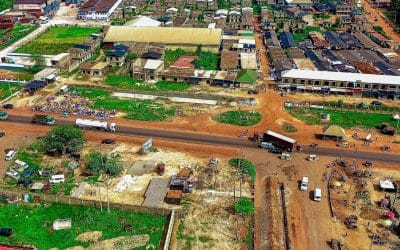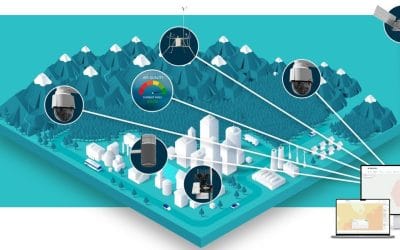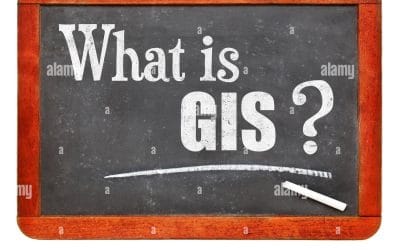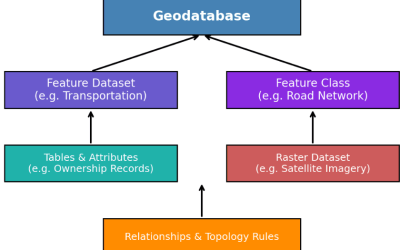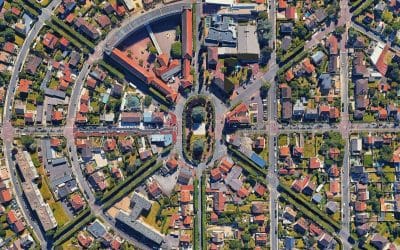In today’s data-driven world, organisations and governments are increasingly turning to geospatial analysis as a critical tool for informed decision-making. With the growing availability of location-based data, the ability to analyse spatial relationships, patterns, and trends has transformed how decisions are made across sectors such as urban planning, agriculture, disaster management, business development, and environmental sustainability.
What is Geospatial Analysis?
Geospatial analysis is the process of gathering, displaying, and interpreting geographic information to understand relationships and patterns in data. It relies on GIS (Geographic Information Systems) to combine maps, satellite imagery, and spatial datasets with analytical tools. This integration enables stakeholders to go beyond simple visualisation and conduct meaningful spatial data analysis for actionable insights.
Why Geospatial Analysis Matters in Decision Making
The importance of GIS in decision-making lies in its ability to integrate complex datasets into a clear spatial context. Unlike traditional data analysis, geospatial intelligence highlights the “where” factor, which is essential for solving real-world problems.
- Enhances Planning and Resource Allocation
Governments and businesses use geospatial data for planning infrastructure projects, transportation networks, and utility services. By identifying high-demand areas or underserved regions, decision makers can allocate resources more effectively.
- Improves Risk Assessment and Management
In disaster management, spatial decision support systems help predict areas prone to flooding, earthquakes, or wildfires. This foresight allows for better preparedness, evacuation planning, and recovery strategies, ultimately saving lives and reducing costs.
- Informs Business and Market Strategies
Retailers, logistics companies, and service providers rely on GIS data analysis to identify customer demographics, optimise delivery routes, and select profitable store locations. By combining market data with spatial analysis, businesses gain a competitive edge.
- Strengthens Environmental and Agricultural Decisions
From monitoring deforestation to optimising crop yields, decision-making with GIS ensures that environmental and agricultural practices are sustainable. Spatial data helps identify soil quality, rainfall distribution, and land suitability for better farm productivity.
- Facilitates Policy and Governance
Governments leverage geospatial intelligence to make evidence-based policies. For instance, analysing urban growth patterns helps regulate land use, improve transportation planning, and enhance public service delivery.
The Future of Geospatial Decision Making
With the rise of big data, artificial intelligence, and real-time satellite imagery, the scope of GIS data analysis is expanding rapidly. Emerging technologies will make geospatial analysis more accessible, accurate, and dynamic—empowering decision makers to respond quickly to evolving challenges.
Conclusion
The integration of geospatial analysis into decision making is no longer optional—it is essential. Whether for businesses seeking growth, governments planning infrastructure, or organisations managing risks, spatial data provides a unique lens that drives smarter, faster, and more impactful decisions. By embracing geospatial intelligence and spatial decision support systems, stakeholders can harness the true power of location-based insights for a more sustainable and efficient future.































































































